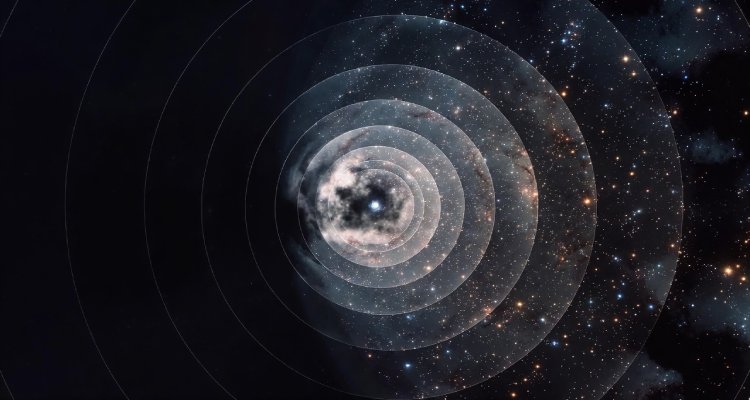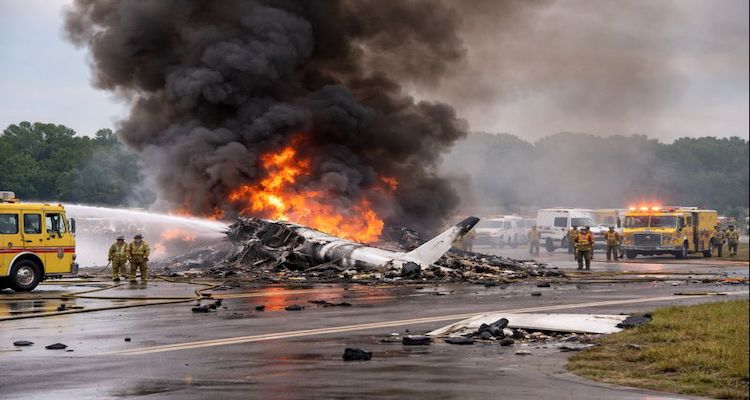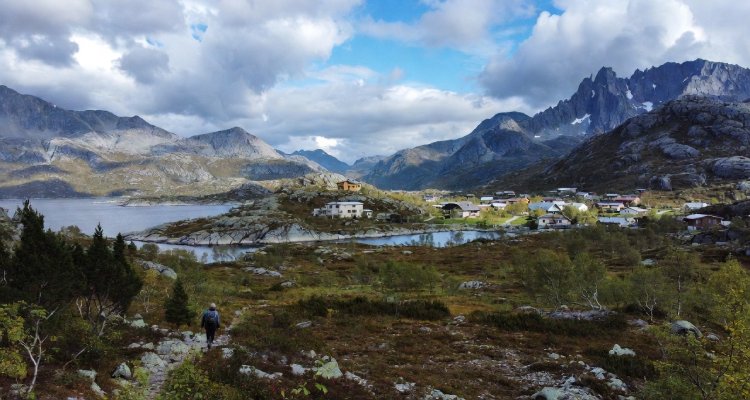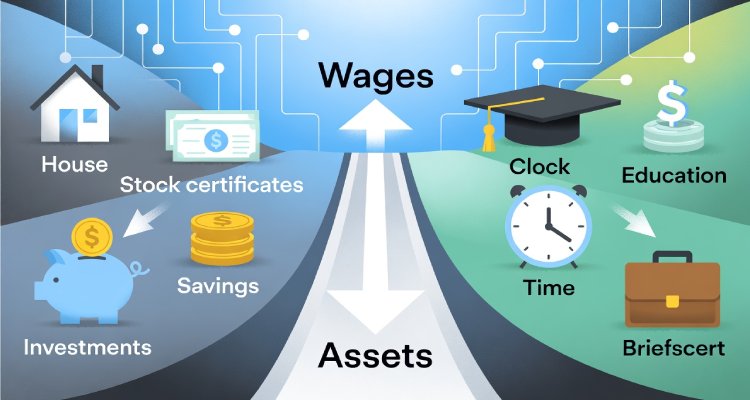The Nuclear Comeback: Can the Atom Save Us After All?
As climate pressures mount, nuclear energy is gaining new favor. Is this long-feared power source finally our best hope for a clean future?
Introduction: From Fallout to Future?
In the popular imagination, nuclear energy evokes images of mushroom clouds, Chernobyl’s ghost town, and radioactive fear. But amid a rapidly warming planet and faltering renewable transitions, the atom is staging an unexpected comeback. Once shunned for its risks, nuclear power is now being reimagined as a lifeline—a reliable, low-carbon source of energy that could help the world meet its climate goals. But is it too late—or too risky—for nuclear to save us after all?
Context & Background: From Boom to Backlash
The atomic age began with great promise in the mid-20th century, when nuclear energy was hailed as a marvel of modern science. By the 1970s, countries like France, the U.S., and the Soviet Union were heavily investing in nuclear power. However, a series of catastrophic events—from Three Mile Island (1979) to Chernobyl (1986) to Fukushima (2011)—shifted public opinion and policy sharply against it.
Coupled with cost overruns, long construction timelines, and radioactive waste dilemmas, the nuclear industry stalled for decades. By the early 2000s, many countries began to wind down their nuclear programs altogether. Germany, for example, formally shut down its last nuclear plants in 2023, doubling down on renewables.
But as climate deadlines tighten and fossil fuels refuse to let go, policymakers are rethinking nuclear energy not as a threat—but as a necessity.
Main Developments: The Atom’s Unexpected Revival
Today, more than 30 countries operate nuclear power plants, and over 50 are considering joining the fold. Several developments are driving the resurgence:
- Energy Security Post-Ukraine War: Russia’s invasion of Ukraine in 2022 disrupted global gas supplies, especially in Europe. Suddenly, domestic nuclear energy became not just environmentally necessary, but geopolitically strategic.
- Net-Zero Deadlines Loom: The International Energy Agency (IEA) warns that reaching net-zero by 2050 requires doubling global nuclear capacity. Nuclear, unlike solar or wind, offers 24/7 baseload power with minimal carbon emissions.
- New Technologies Are Emerging: Small Modular Reactors (SMRs)—compact, factory-built nuclear units—promise cheaper, safer, and more flexible energy solutions. Companies like NuScale and TerraPower (backed by Bill Gates) are leading this innovation wave.
- Investment Is Surging: In the U.S., the Inflation Reduction Act (IRA) offers major subsidies for clean energy, including nuclear. China is building more reactors than any other country, while the UK and Canada have announced long-term nuclear investment strategies.
Expert Insight & Public Reaction: A Divided Future
Not everyone is convinced.
“We are not dealing with yesterday’s reactors,” says Dr. Allison Macfarlane, former chair of the U.S. Nuclear Regulatory Commission. “The new generation designs offer significant improvements in safety and waste reduction—but the concerns of cost and public trust remain real.”
Public opinion is split. In the U.S., a Pew Research Center survey from 2023 found that 57% of adults support expanding nuclear power, while 41% remain opposed. Younger generations are surprisingly more open to nuclear than older ones—perhaps due to growing up amid climate anxiety rather than Cold War fears.
Meanwhile, environmental groups remain wary. Greenpeace continues to warn of waste storage risks and the potential for catastrophic failures, particularly in unstable regions or aging facilities.
Impact & Implications: What Lies Ahead?
The nuclear revival isn’t guaranteed—and it’s not a one-size-fits-all solution.
- Regulatory Bottlenecks: Many countries face outdated approval systems that slow down nuclear expansion. Building a plant can take 10–15 years—far longer than solar farms or wind turbines.
- Waste Dilemma: Long-term radioactive waste storage remains unresolved. No country has yet opened a permanent geological repository, though Finland’s Onkalo facility may be the first.
- Cost & Competition: Nuclear remains one of the most expensive energy sources upfront. But advocates argue that, over a plant’s 60–80 year life cycle, its stable output and reliability pay off—especially as fossil fuel prices fluctuate.
Despite these challenges, global sentiment is shifting. Nations like Japan and South Korea—once burned by nuclear disasters—are now reintroducing reactors. Even anti-nuclear Germany is reeling from its decision, as energy costs and emissions rise.
Conclusion: A Fork in the Power Road
As the climate crisis intensifies and the clean energy transition falters, the question is no longer whether we can afford nuclear—but whether we can afford not to include it.
Nuclear energy alone won’t solve the climate crisis. But alongside solar, wind, storage, and efficiency upgrades, it may provide the critical stability and scale needed for a decarbonized grid. The atom’s dark legacy still lingers—but perhaps its brightest chapter lies ahead.
Disclaimer: This article is intended for informational purposes only and does not constitute professional energy or investment advice. Views expressed by quoted individuals are their own.











